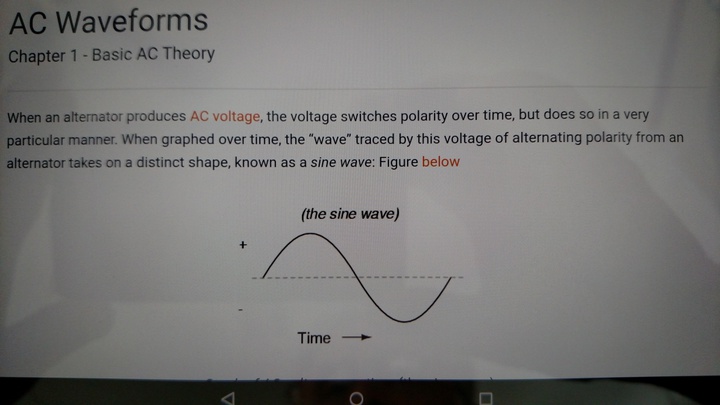dr sportster
Well-known Member
Did you know that it matters when you replace a fluorescent lamp with an LED lamp the bulbs have polarity ,yet there is nothing on the box that states this . After a ten minute job turning into total frustration I called another electrician who told me the lamps have polarity . I flipped the three bad ones and they lit right up. Was about to return to Home Depot. I hate when you follow instructions and flip a switch and lights don't work . That never happened to me except for a 110 volt fixtures fed by 277 and all the ballasts burned up. But usually when your done it should light right up. Very poor instructions. Lost my temper and was cussing.


